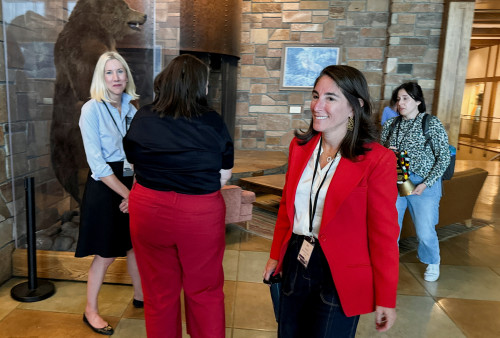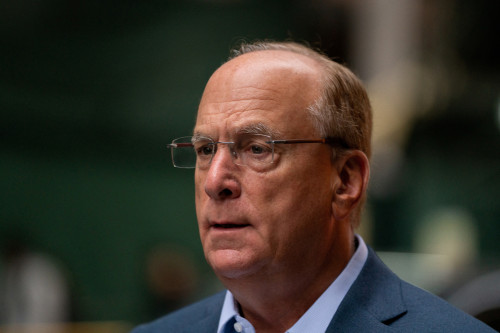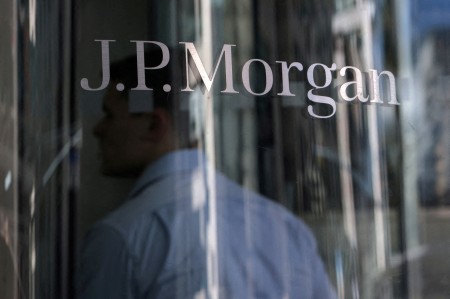By Michael S. Derby
(Reuters) – Federal Reserve Bank of Cleveland President Beth Hammack said on Wednesday that high levels of uncertainty in the U.S. economy right now argue for the central bank to hold steady on interest rate policy and take in more information before deciding what needs to happen next.
“Given the economy’s starting point, and with both sides of our mandate expected to be under pressure, there is a strong case to hold monetary policy steady in order to balance the risks coming from further elevated inflation and a slowing labor market,” Hammack said in the text of a speech prepared for delivery before a gathering held by the Economic Club of Cleveland.
“When clarity is hard to come by, waiting for additional data will help inform the path ahead,” she noted.
Hammack, who does not hold a vote on the monetary policy- setting Federal Open Market Committee this year, said the big changes in the United States trade regime, which prominently features tariff increases, have played a role in boosting uncertainty and making it harder to know what needs to happen with central bank monetary policy.
The central bank’s federal funds target rate range now stands at between 4.25% and 4.5%. While Fed officials have penciled in rate cuts for this year and market participants are expecting a notable amount of easing as the year moves forward, there are big questions on how much the tariffs will push up prices and depress growth.
In her remarks, Hammack said the current state of monetary policy is in the right place given that inflation remains above the 2% target. She noted the economy entered the year on a strong footing but recent data has been mixed, while financial conditions have tightened amid an unusual drop in prices for stocks and bonds and a decline in the dollar.
“Uncertainty surrounding the outlook is high,” Hammack said. “I see risks around both legs of our dual mandate that could lead to higher inflation outcomes and to lower growth and employment outcomes in the near to medium term,” she said, adding “this is a difficult set of risks for monetary policy to navigate.”
Hammack noted it’s important for the Fed to take its time to get its policy response correct and said that’s better than being fast and wrong with rate changes.
Like other Fed officials, Hammack sees different possible paths. If growth “falters” and inflation eases, rate cuts, even swift ones, could be justified. But if the job market holds and inflation rises, “monetary policy may need to follow a more restrictive trajectory.”
Elevated inflation coupled with weakening rates of hiring present “challenging tradeoffs” for the Fed, Hammack said. She said, echoing other Fed officials, that in such an environment the central bank must keep inflation expectations anchored while watching to see how the economy fares relative to the central bank’s job and inflation mandates.
(Reporting by Michael S. Derby; Editing by Andrea Ricci)




